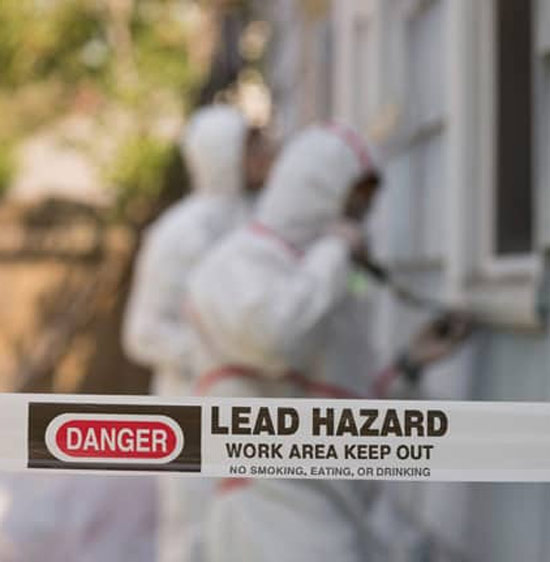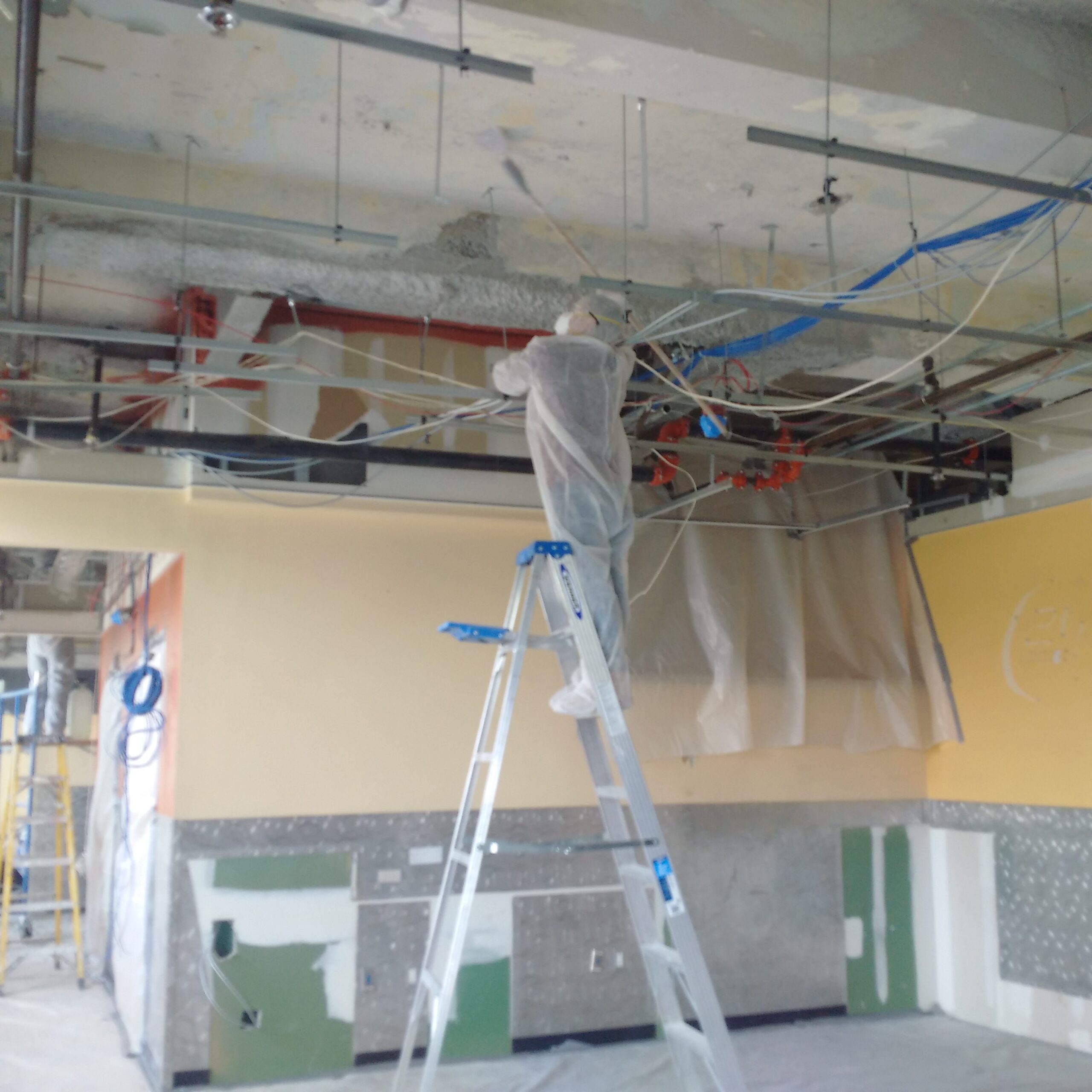Finest Practices for Making Sure Safe and Complete Lead Infraction Reduction
Dealing with lead offense reduction calls for a multi-faceted method to make sure both safety and security and compliance. It's the last clearance process, entailing detailed evaluations and laboratory screening, that truly confirms a lead-free atmosphere, making sure lasting safety and security. Exactly how do these practices interconnect to assure detailed lead reduction?

First Evaluation
Performing a first analysis is a crucial initial action in lead offense abatement. This phase encompasses an in-depth examination of the building to identify the presence, level, and particular locations of lead-based dangers. Qualified experts, such as qualified lead inspectors or risk assessors, should perform a comprehensive website examination, using tools like X-ray fluorescence (XRF) analyzers to properly detect and gauge lead focus in paint, dirt, soil, and water.
The evaluation should additionally include an evaluation of the building's background, previous records, and any type of complaints or health concerns reported by owners - Lead Removal Contractors. Documenting the searchings for diligently is necessary, as these records create the basis for creating an effective reduction technique. A complete evaluation additionally includes tasting and lab analysis, which are essential to confirm the existence of lead and overview succeeding actions
In addition, it is vital to connect the outcomes transparently to all stakeholders, including homeowner, tenants, and governing authorities. By making certain that the initial assessment is performed with precision and roughness, specialists can lay a solid structure for a targeted and effective lead reduction process, inevitably securing public health and wellness and making sure conformity with regulative requirements.
Appropriate Control
Appropriate control is crucial to avoid the spread of lead contaminants throughout abatement activities. Effectively taking care of control decreases the threat of lead dust and particles moving to non-work locations, thus guarding both the environment and people outside the instant work zone. To accomplish appropriate containment, an airtight barrier of plastic bed linen must be developed around the work location, making certain all seams and sides are securely secured. Lead Removal Contractors. This barrier ought to extend from flooring to ceiling and be taped to prevent any kind of leakages.

Normal inspections of the control area are necessary to look for breaches or weak points in the obstacle. Any kind of determined concerns need to be quickly dealt with to maintain the honesty of the control. By sticking to these methods, abatement jobs can effectively control lead contamination and mitigate involved wellness dangers.
Employee Defense
Guaranteeing worker defense is extremely important during lead abatement projects to protect against work-related direct exposure to dangerous lead bits. Important measures include the usage of personal protective tools (PPE) such as respirators, handwear covers, and full-body matches particularly developed to block lead dirt and fumes. Employees need to undertake extensive training on the appropriate use and maintenance of PPE, consisting of healthy testing for respirators to make sure maximum efficacy.
Engineering controls, such as neighborhood exhaust air flow systems, are important in decreasing air-borne lead concentrations in the workplace. Management controls must likewise be implemented, including restricting the period of advice direct exposure and revolving employees to minimize specific exposure times. Regular medical monitoring and organic surveillance are essential for early discovery of lead absorption, making it possible for timely intervention and treatment.
Moreover, establishing a purification you can look here method is vital. Workers have to comply with rigorous decontamination procedures before breaks and at the end of their change to avoid lead dust from being brought outside the workspace. This consists of detailed hand and face washing with lead-specific cleansing representatives and transforming out of polluted clothes.
Precise Cleaning
Preserving a secure workplace prolongs past worker defense and includes careful cleanup to make sure lead particles are completely gotten rid of from the site. The procedure of careful cleanup is important in preventing the recontamination of the abated area and safeguarding both existing and future residents.
To achieve an extensive cleanup, all work locations should be methodically decontaminated. This entails using specialized HEPA (High-Efficiency Particulate Air) vacuum and wet-wiping techniques to catch and get rid of great lead dirt that may have chosen surface areas. It is essential to clean all straight surfaces, including floorings, window sills, and countertops, as well as vertical surface areas that may have entraped lead fragments.
Workers must use ideal individual protective tools (PPE) throughout cleaning to stay clear of direct exposure to residual lead dust. Used cleaning products such as wipes, see this sponges, and wipe heads need to be dealt with according to dangerous waste disposal laws.

Final Clearance
Final clearance is the crucial wrapping up stage of lead reduction that identifies whether the site is safe for reoccupation. This crucial action involves extensive inspection and testing to validate that all lead risks have actually been successfully gotten rid of.

Last clearance screening not just safeguards future occupants but also makes sure compliance with local, state, and government policies. Additionally, it works as a documented recognition of the abatement contractor's adherence to industry ideal techniques. Making sure a thorough and successful final clearance is crucial in securing public health and fostering count on in the abatement process.
Conclusion
Guaranteeing risk-free and detailed lead infraction reduction necessitates a complex strategy encompassing initial analyses with innovative discovery techniques, reliable control methods, rigid employee security protocols, and meticulous cleaning treatments. The final clearance phase, featuring in-depth assessments and laboratory screening, is crucial to confirm compliance with EPA standards. Adherence to these best practices ensures a risk-free atmosphere for passengers, reduces wellness dangers, and maintains regulative demands, therefore promoting public wellness and safety and security in lead-affected locations.